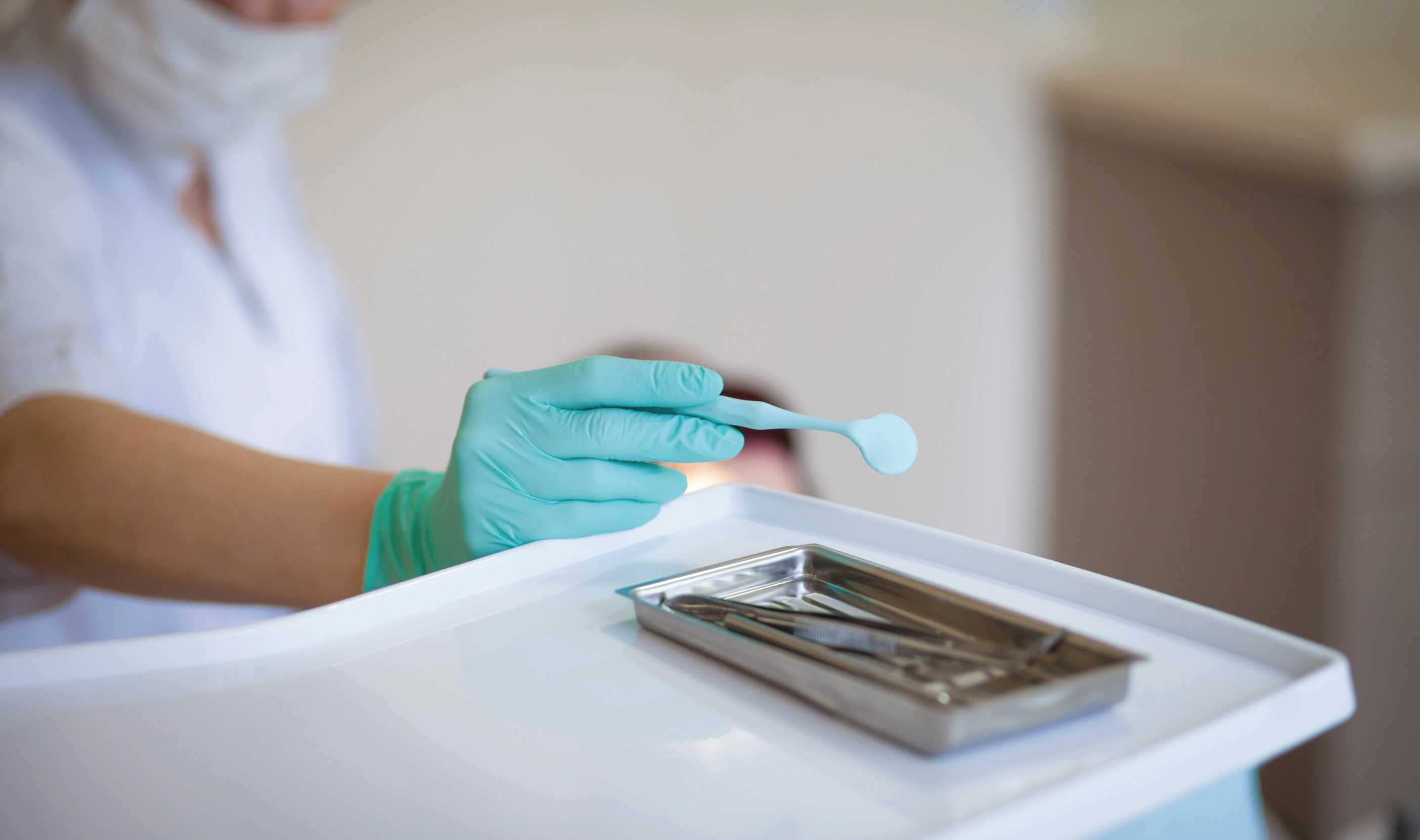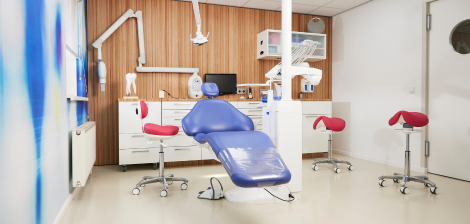Cleaning Up Infection Control Confusion
Rachel Cobley, training and quality manager, explores The Health and Social Care Act 2008 Code of Practice on the prevention and control of infections and related guidance and helps to clear up some of the confusion.
When we discuss infection control with dental practices we’re working with, the same document always gets mentioned, and that’s HTM 01-05.
In the main, practices are comfortable with
HTM 01-05. But the same can’t be said for The Health and Social Care Act 2008 Code of Practice on the prevention and control of infections and related guidance, updated in 2015.
Although this document has been in place for some years, awareness is still seriously lacking.
What is it?
This document sets out The Code of Practice on the prevention and control of infections, under The Health and Social Care Act 2008.1 It applies to registered providers of all healthcare and adult social care in England. The Care Quality Commission (CQC) will judge a registered provider on how it complies with the infection prevention requirements, which it set out in regulations, based on the 10 criteria within the document.
The whole document and the areas relevant to the dental setting must be read and considered to ensure high levels of infection prevention, which also includes cleanliness, are developed and maintained.
When making decisions regarding infection prevention and registration, the CQC, by law,
must take the Code into account.
The Code of Practice references the HTM 01-05. However, while HTM 01-05 describes essential quality requirements and provides guidance around decontamination, The Code of Practice provides information around the wider aspects of infection prevention, such as cleanliness.
How does it affect your practice?
“Good infection prevention (including cleanliness) is essential to ensure that people who use health and social care services receive safe and effective care. Effective prevention and control of infection must be part of everyday practice and be applied consistently by everyone.
“Good management and organisational processes are crucial to make sure that high standards of infection prevention (including cleanliness)are developed and maintained.” 1
This document is not mandatory, however, the regulations (The Health and Social Care Act 2008 (Regulated Activities) Regulations 2014) state that:
“providers must have regard to the Code when deciding how they will comply with registration requirements.”
So, if they are not following the Code, providers must be able to demonstrate that they are meeting the requirements of the regulation in a different way which must be equal to or better than that in the Code.
Because of this, my personal view is that the easiest way to show compliance is by following and adhering to the Code.
Statutory guidance on how to comply is contained within the Code::
- 12 (2)(h) assessing the risk of, and preventing, detecting and controlling the spread of, infections, including those that are health care associated
- Registration requirement 21 (b) and 15 are also reflected within the Code.
The 10 criteria set out in the Code
When delivering our training, we always recommend that practices print out the table which is located on page 12 of the Code, and either place it within their surgery or their file. By doing this they can demonstrate awareness of the criteria and also this can act as a reminder.
Not all of the criteria within the Code will apply to every regulated activity, Parts 3 and 4 of the document will help registered providers interpret the criteria and develop their own risk assessments.
Don’t forget…
One item that we often find missing within practices is evidence of an annual statement being produced.
An annual statement must be completed by the practice’s Infection Prevention Lead and must be available for anyone who wishes to see it, whether
that’s patients or regulatory bodies.
The statement must give an overview of the following for the previous 12 months;
- Known infection transmission event and actions arising from this;
- Audits undertaken and subsequent actions;
- Risk assessments undertaken for prevention and control of infection;
- Training received by staff; and
- Review and update of policies, procedures and guidance
It is important that all providers and Infection Prevention Leads know their duties and be aware of what is required.
How DD can help?
DD delivers infection prevention and control training. The course provides more insight into the Code of Practice and = assists with preparing annual statements.
Compliance criterion - What the registered provider will need to demonstrate
1 Systems to manage and monitor the prevention and control of infection. These systems use risk assessments and consider the susceptibility of service users and any risks that their environment and other users may pose to them
2 Provide and maintain a clean and appropriate environment in managed premises that facilitates the prevention and control of infections
3 Ensure appropriate antimicrobial use to optimise patient outcomes and to reduce the risk of adverse events and antimicrobial resistance
4 Provide suitable accurate information on infections to service users, their visitors and any person concerned with providing further support or nursing/ medical care in a timely fashion.
5 Ensure prompt identification of people who have or are at risk of developing an infection so that they receive timely and appropriate treatment to reduce the risk of transmitting infection to other people
6 Systems to ensure that all care workers (including contractors and volunteers) are aware of and discharge their responsibilities in the process of preventing and controlling infection
7 Provide or secure adequate isolation facilities
8 Secure adequate access to laboratory support as appropriate
9 Have and adhere to policies, designed for the individual’s care and provider organisations that will help to prevent and control infections
10 Providers have a system in place to manage the occupational health needs and obligations of staff in relation to infection



